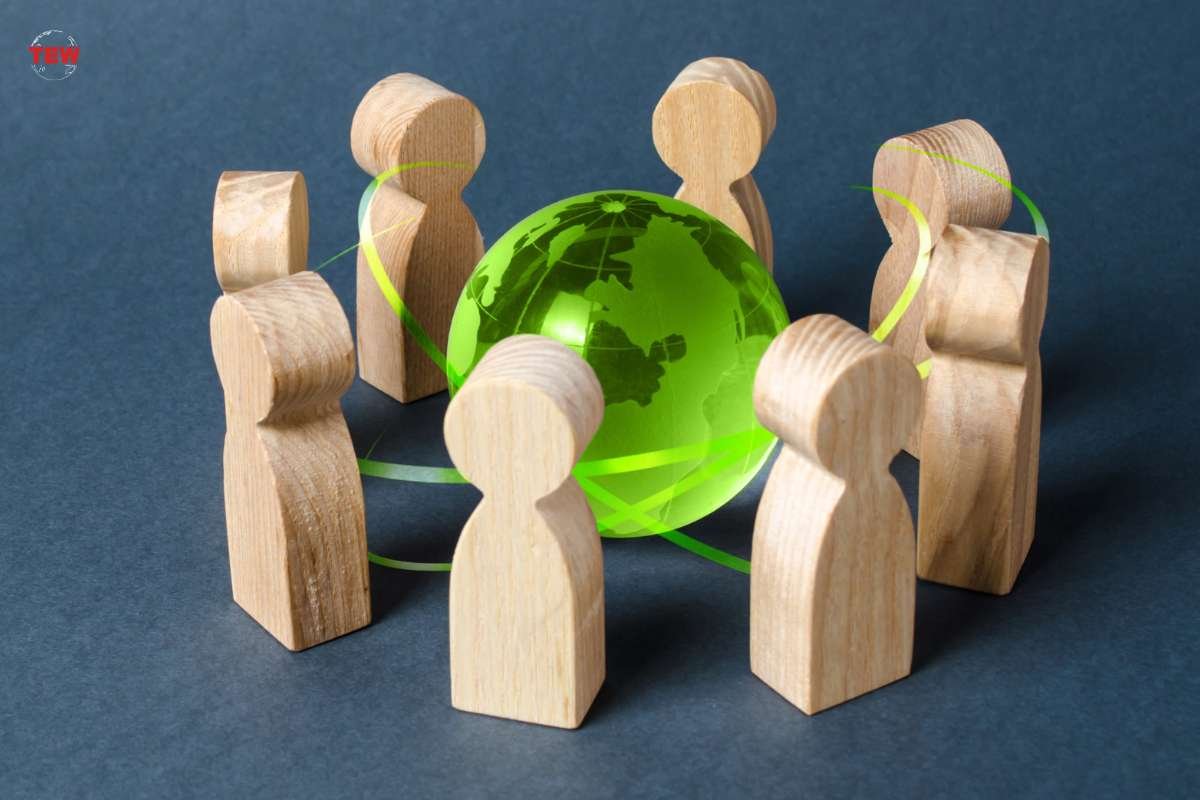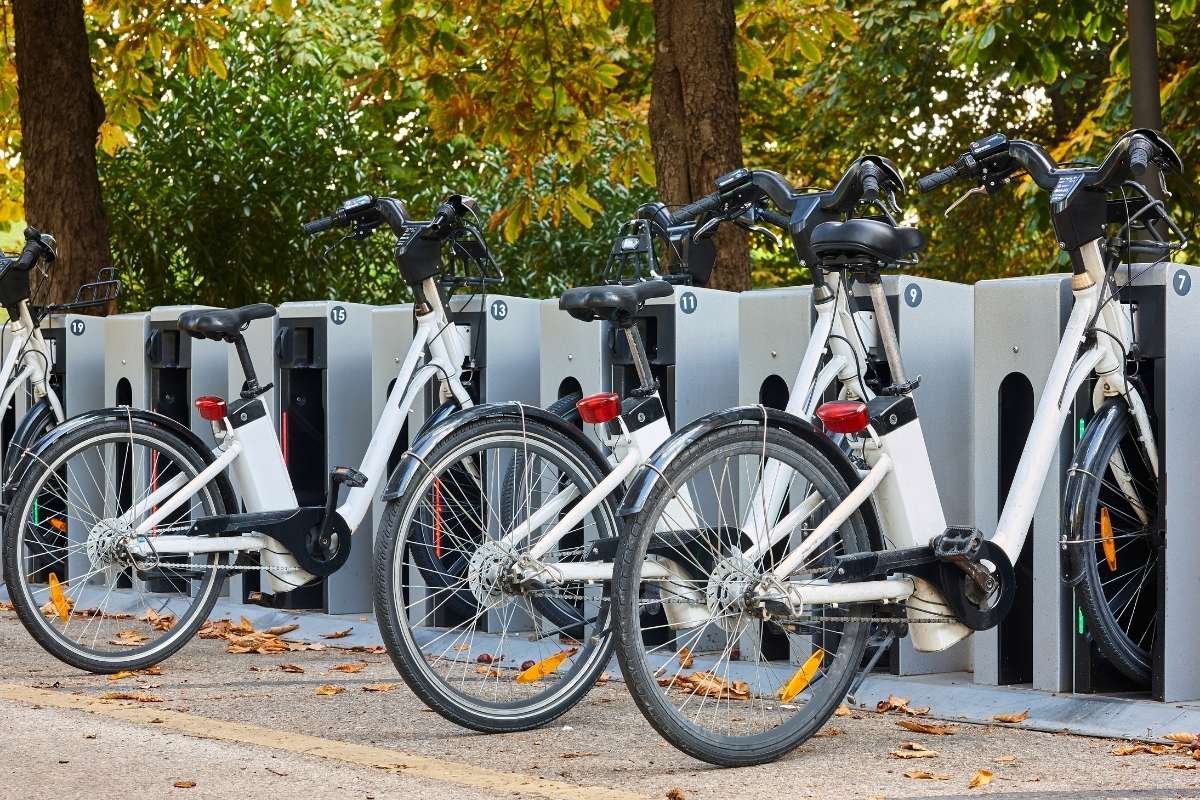Brainstorming is an essential part of the creative process, fostering innovation and generating fresh ideas. However, with the rise of remote work and virtual collaboration tools, the way we brainstorm has undergone a significant transformation. In this article, we will explore the age-old question: Is online or in-person brainstorming more creative? We will delve into the advantages and disadvantages of each approach regarding online and in-person brainstorming to help you determine which is more suitable for your creative needs.
Advantages and Disadvantages of Online Brainstorming:
The Power of In-Person Brainstorming
1. Face-to-Face Interaction: In-person brainstorming sessions offer the advantage of face-to-face interaction. Being in the same physical space allows team members to read each other’s body language, facial expressions, and gestures, enhancing communication and empathy. This can lead to more nuanced and effective collaboration.
2. Spontaneous Creativity: In-person brainstorming meetings can facilitate spontaneous creativity. The immediate and direct exchange of ideas among team members can trigger new insights and inspire innovative solutions. The energy and excitement of a room full of creative thinkers can be infectious, fostering a dynamic brainstorming environment.

3. Immediate Feedback: In an in-person setting, feedback is often immediate. Team members can ask questions, seek clarifications, and provide instant reactions to ideas. This rapid feedback loop can help refine and shape ideas on the spot, leading to more polished concepts.
4. Reduced Distractions: In-person brainstorming meetings can help minimize distractions. Participants are typically more focused on the task at hand when they are physically present in a dedicated meeting space. This can lead to more concentrated and productive brainstorming sessions.
5. Creative Environment: Meeting in a creative or inspiring physical environment can boost creativity. Unique spaces, such as art studios, outdoor settings, or unconventional meeting rooms, can stimulate fresh thinking and imaginative solutions.
The Benefits of Online Brainstorming
1. Global Collaboration: Online brainstorming allows for global collaboration. Team members from different geographic locations can easily participate in the same session, bringing diverse perspectives and experiences to the table. This can lead to a wider range of ideas and a more inclusive creative process.

2. Flexibility: Online brainstorming offers flexibility in terms of scheduling. Participants can join sessions from the comfort of their homes or choose a time that suits their peak creativity. This flexibility can lead to more relaxed and open-minded brainstorming.
3. Enhanced Documentation: Online tools often provide better documentation of brainstorming sessions. Digital platforms allow for real-time note-taking, idea recording, and easy sharing of session summaries. This can improve accountability and make it easier to revisit and build upon ideas.
4. Introvert-Friendly: Online brainstorming can be more comfortable for introverted team members. Some individuals may feel more confident expressing their ideas in writing or through digital communication tools, rather than in face-to-face settings. This inclusivity can lead to a more diverse range of ideas.
5. Increased Accessibility: Online brainstorming is highly accessible. All that is needed is an internet connection and a device. This accessibility can help teams include remote or part-time members, leading to a broader pool of creative thinkers.
Challenges of In-Person Brainstorming
1. Scheduling Conflicts: In-person meetings require coordinating schedules, which can be challenging when team members have conflicting commitments. This can lead to delays in brainstorming sessions.
2. Travel Costs: In-person brainstorming often entails travel costs, such as transportation and accommodation expenses, particularly for teams with remote members or offices in different locations. These costs can be a barrier for some organizations.
3. Limited Diverse Perspectives: In-person brainstorming may be limited to the perspectives of those physically present in the room. This can result in a lack of diversity in ideas and a less inclusive creative process.
4. Time Constraints: In-person meetings are often subject to time constraints, which can lead to rushed brainstorming sessions. Participants may feel pressured to come up with ideas quickly, potentially hindering creativity.
5. Environmental Impact: Travel to in-person meetings can have a negative environmental impact due to increased carbon emissions. This can be a concern for organizations committed to sustainability.
Challenges of Online Brainstorming
1. Technical Issues: Online brainstorming is susceptible to technical glitches, such as poor internet connections or platform malfunctions. These issues can disrupt the flow of the session and cause frustration.

2. Lack of Spontaneity: Online brainstorming may lack the spontaneity of in-person interactions. The delay in communication, especially in text-based discussions, can hinder the rapid exchange of ideas and quick reactions.
3. Limited Nonverbal Cues: Online communication may miss nonverbal cues, such as tone of voice and body language, which can convey nuances and emotions. This can lead to misunderstandings or misinterpretations of ideas.
4. Potential for Distractions: Participants in online brainstorming sessions may face distractions in their home environments, such as household chores, family interruptions, or other online temptations, which can affect their focus and creativity.
5. Difficulty in Building Rapport: Building a strong team rapport and fostering a sense of camaraderie can be more challenging in an online setting. Team bonding may require extra effort and time.
Finding the Right Balance
Ultimately, whether online or in-person brainstorming is more creative depends on various factors, including the nature of the project, team dynamics, and individual preferences. Many organizations are finding success in combining both approaches, striking a balance that leverages the benefits of each.
For example, teams may choose to initiate a project with an in-person brainstorming session to harness the energy and spontaneity it offers. Subsequent idea development and refinement can then occur online, allowing for global collaboration and flexibility.
In conclusion, both online and in-person brainstorming methods have their unique advantages and challenges. The most creative approach may vary from one situation to another. The key is to be adaptable and open to experimenting with different methods to determine what works best for your team and project. Ultimately, a creative mindset and a commitment to fostering innovation are the most critical elements in any brainstorming process, regardless of the chosen format.






